7 expert tips to make your lawn look amazing this summer
Get your lawn summer ready
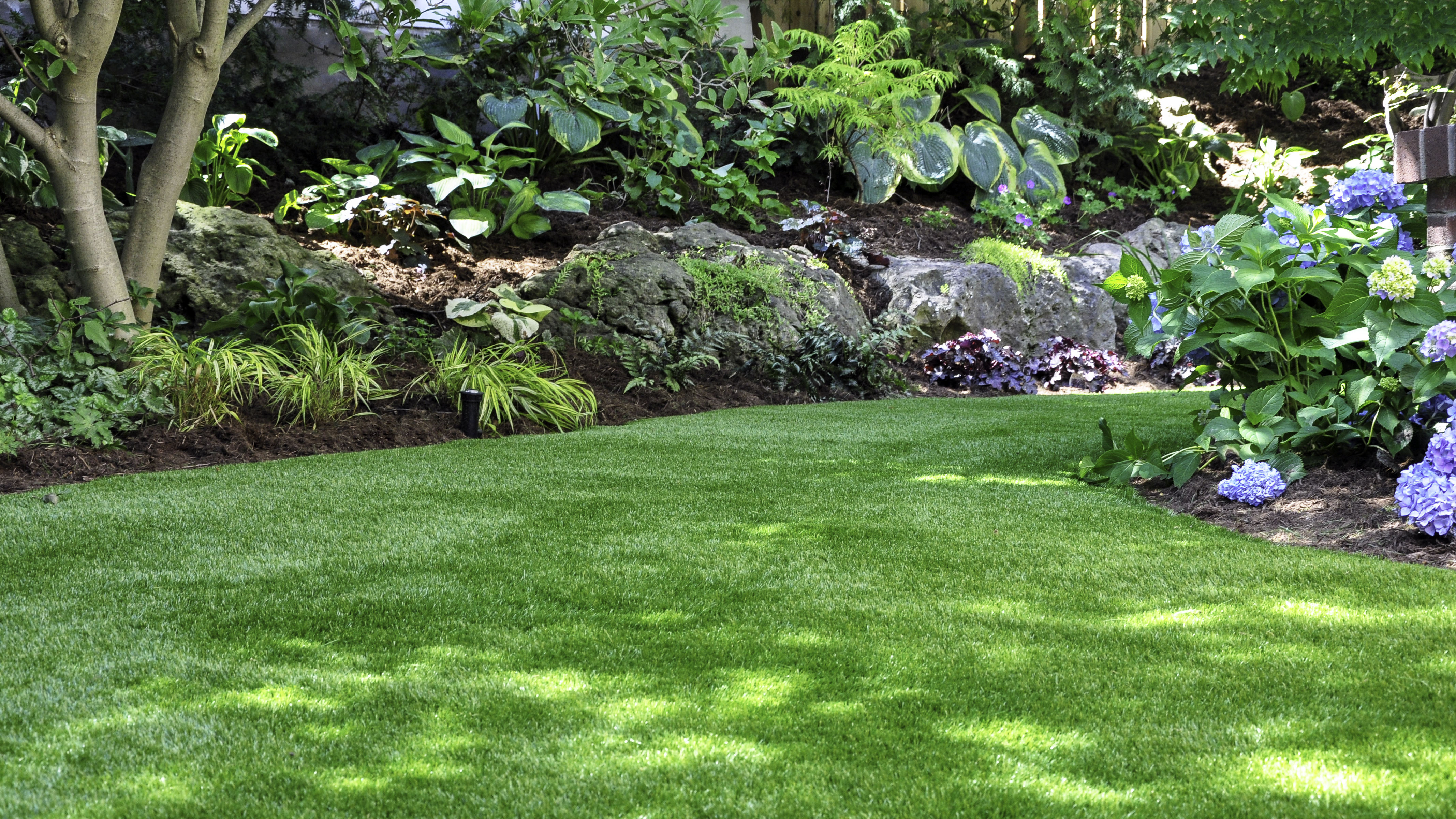
Our yards start to look brighter and sunnier as we transition towards warmer climes. And with June 20th marking the official start of summer, when the northern hemisphere experiences the longest day of the year, we have even more time to spend outside.
So, if you haven’t already been tending to your lawn care in May, you still have time to get outside and ensure your lawn looks amazing for summer.
From mowing, feeding, weeding and watering, here are the top 7 lawncare tasks to complete in June, with some extra advice if you’ve taken part in No Mow May.
Plus, once you've got your lawn in shape, here are 7 tips to upgrade your yard on a budget to get it ready for summer and Going on vacation? Experts share 9 tips for keeping your garden thriving while you’re away.
1. Raise the blade of your mower
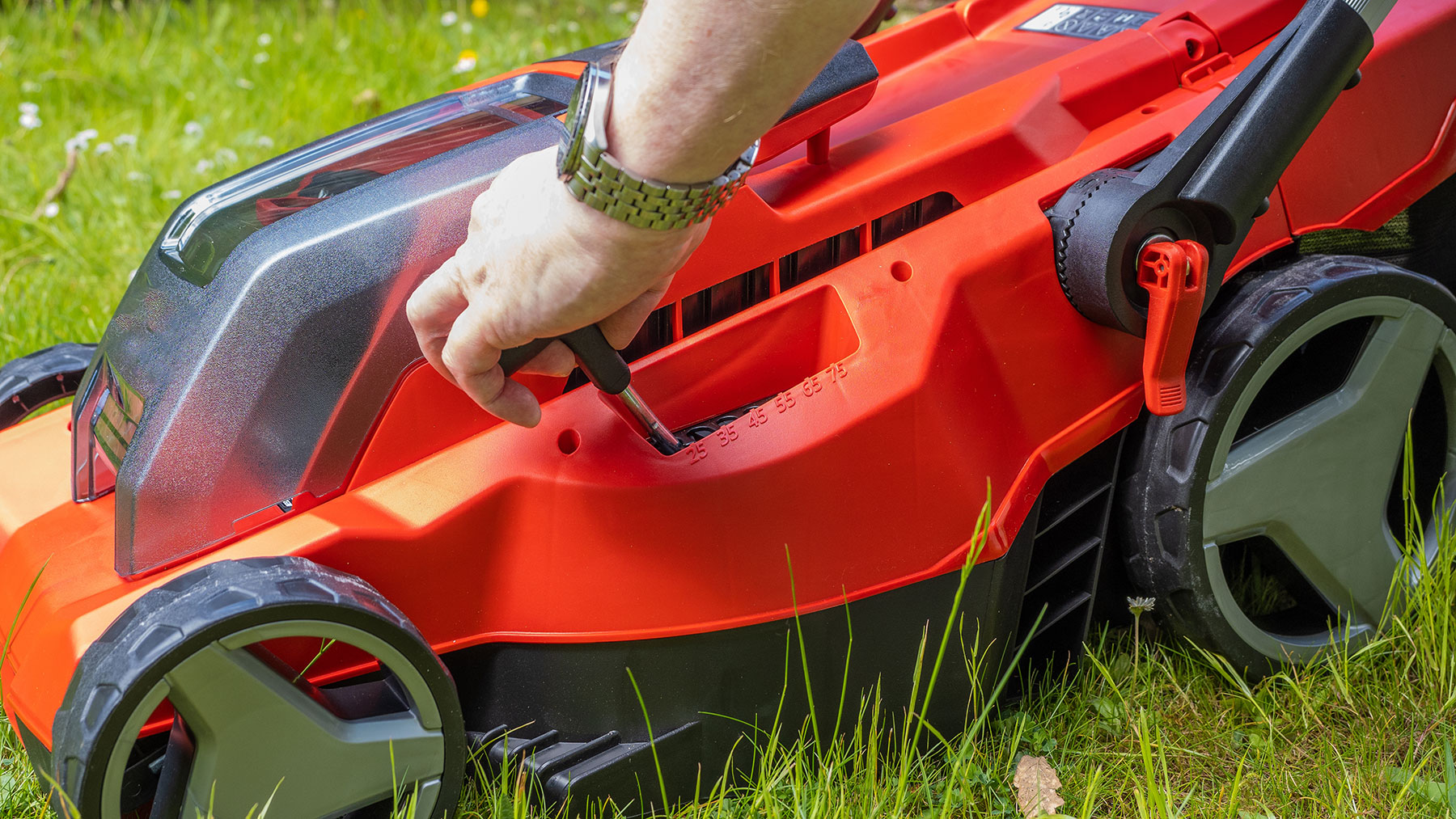
June is a good time to raise your lawnmower’s blade to help protect your grass. Lawnsmith explains that as grass is one-fifth above and four-fifths below ground, lowering the blade reduces root depth and means your grass is less likely to cope in stressful conditions.
Therefore, to promote healthy grass in the summer, especially when it sees a lot of footfall, it’s widely recommended that you raise the level of your mowing blade. This will allow it to tolerate wear and tear and help keep the grass roots cool. Cutting your grass too short may look neater, but it will impact its health.
Blading cutting tip
Nadezhda Yaneva, gardening and plant expert at Fantastic Gardeners, suggests setting the blade at 2.5 to 4 inches for cool-season grasses and at 1 to 2.75 inches for warm-season grasses, as they are generally cut shorter.
2. Give your lawn a regular mow
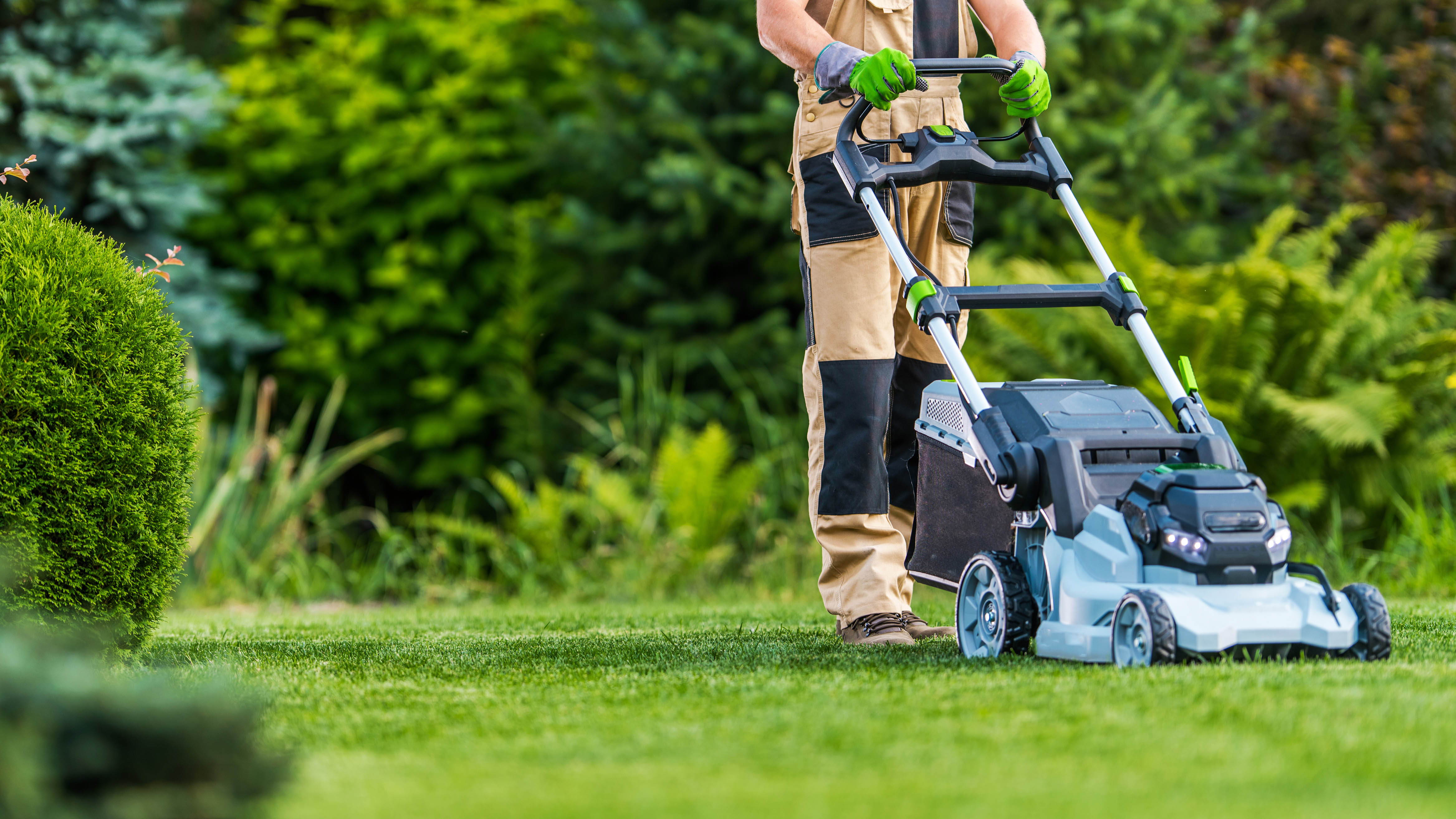
With more sunshine as we move into summer, your lawn will grow faster than in the cooler months. A regular weekly mow will keep your lawn in good shape and promote a luscious, thick lawn. And, as mentioned above, make sure to keep your lawnmower blades raised. Keeping to a regular mowing routine will help your lawn's overall health and appearance.
Sign up to get the BEST of Tom's Guide direct to your inbox.
Get instant access to breaking news, the hottest reviews, great deals and helpful tips.
For a healthy cut and to ensure the whole lawn is covered, Yanevar recommends alternating how you mow. “Mow north to south for one week and east to west the next week. This helps prevent soil compaction and encourages even growth.”
Rather than removing the cuttings, he suggests leaving them on the grass as they act as a natural fertilizer. However, he explains, “If the grass is too long or wet, it’s best to collect them to avoid clumps that could smother the grass.”
3. Aerate your lawn
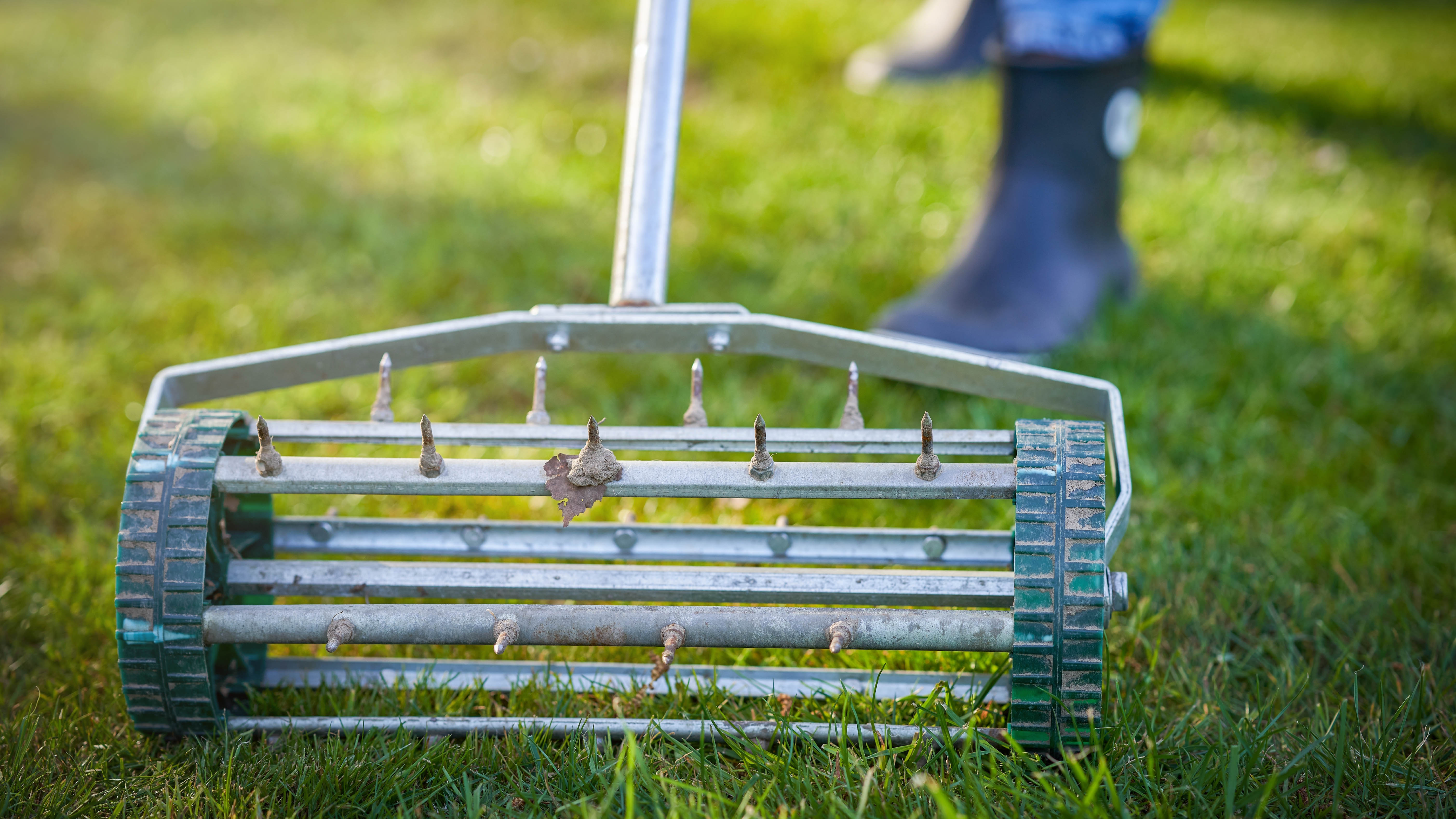
Your lawn will benefit from being aerated if it suffers from heavy footfall or excessive thatch. But how can you tell if your lawn needs aerating? Taylor Olberding, co-owner at Heroes Lawn Care says, “Aerate your lawn if it feels compacted. An indicator is if you walk on it barefoot and it feels hard or dense.” She adds that aerating a lawn “will improve soil oxygen levels, water penetration, and nutrient absorption.”
Apart from reducing soil compaction where your lawn may be used as a pathway or play area, aeration promotes a deep root system, leading to healthy grass that’s more resistant to weed growth. It also allows fertilizers and feeds to penetrate the soil and get to work.
4. Control the weeds
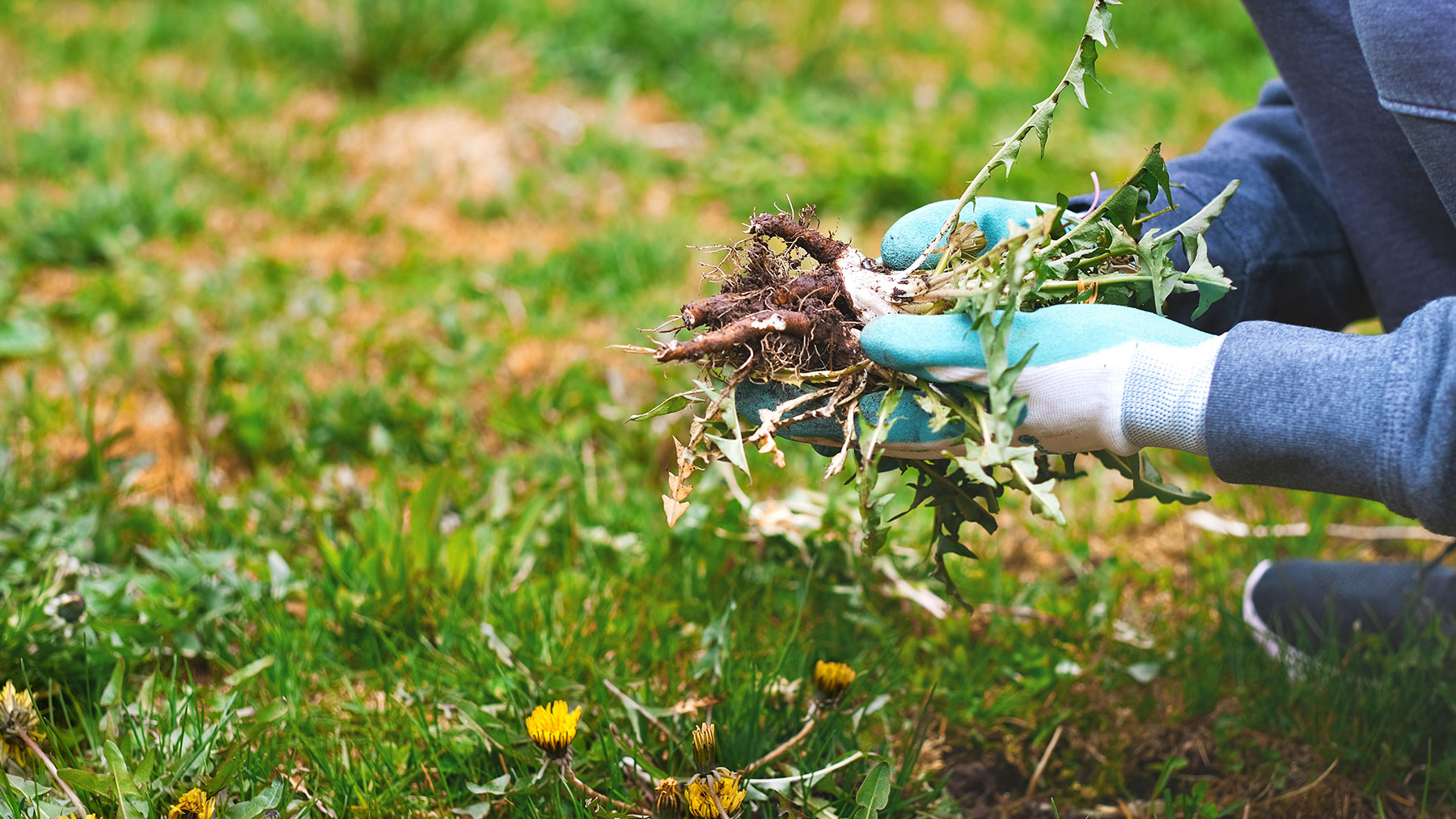
“Remove any weeds using hand-pulling or natural herbicides,” says Olberding.
If your remove the weeds by hand, pull them at the base to ensure you get the whole root, otherwise you could be making one of the 7 mistakes when pulling weeds. If the weeds are stubborn, loosening the soil around the roots will help to ease them out. Waiting until after it’s rained may also help, as the soil will be softer. Although, be warned, if you don’t get the whole root, the weed will grow back.
Rather than reaching for a conventional weedkiller, which contains chemicals that can compromise your lawn, try swapping to a natural solution. One method is to mix one gallon of vinegar with one tablespoon of dish soap and then spray the solution directly onto the weeds. However, be careful that the solution does not touch other plants. The active ingredient in vinegar, acetic acid, kills the weeds, breaking down the cell walls, removing moisture and causing the plant to die.
If you’d prefer not to make up the solution, Harris sells an organic pre-prepared Vinegar Grass & Weed Killer (27.99, Walmart).
5. Feed your lawn
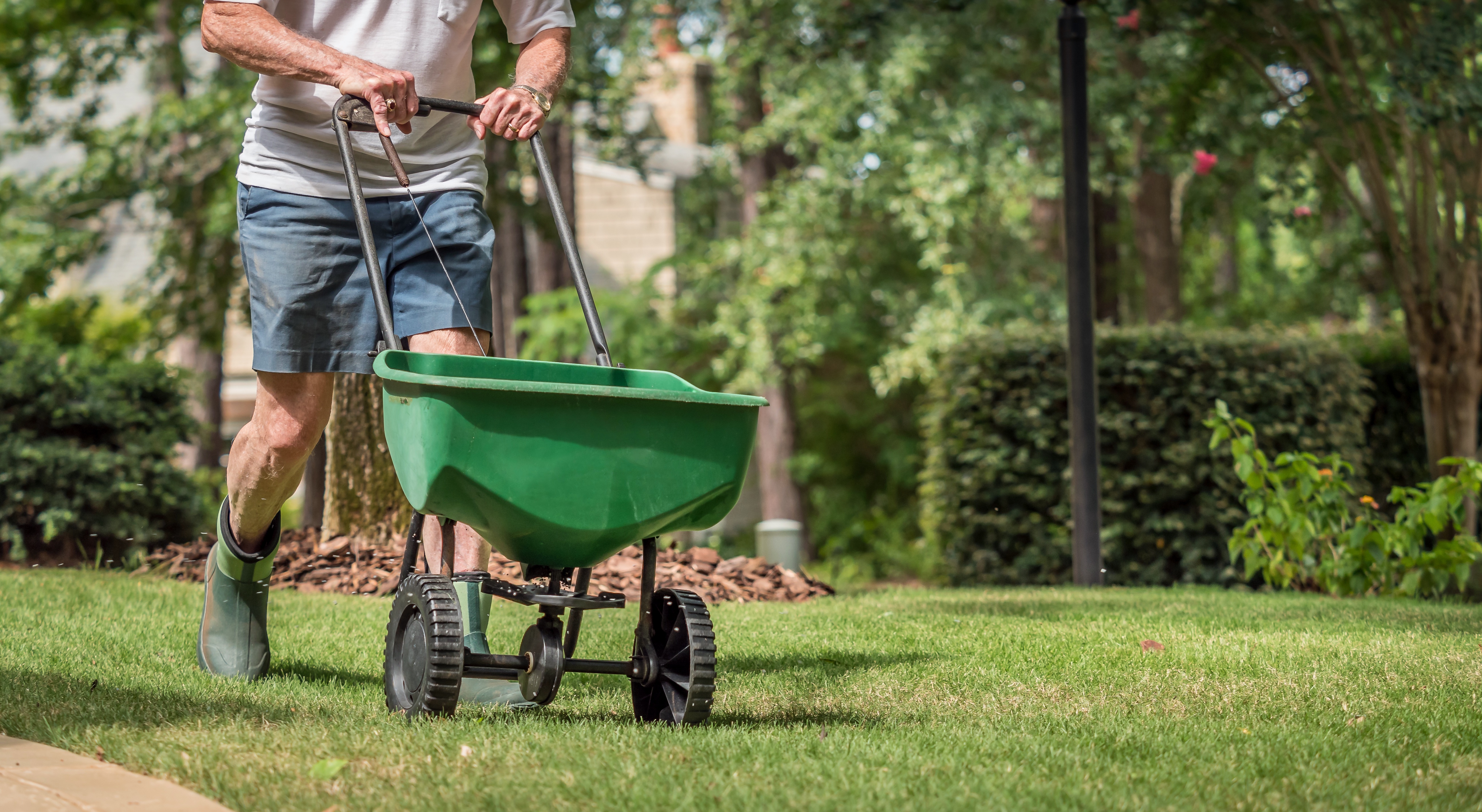
When and how you fertilize your lawn in June will depend on whether you have cool-season or warm-season grass. Cool-season grass should be fertilized in the spring and fall, while warm-season grass should be fertilized during the summer months.
Scotts recommends using its Turf Builder Lawn Food ($22, Amazon) around the time of your lawn's first cut, as it helps lawns in the North gain enough nourishment to plant strong roots. In the South, for warm-season grass, it recommends Turf Builder Southern Lawn Food ($24.97, Amazon).
Whether you choose an all-purpose fertilizer or one with a specific purpose will depend on the needs of your turf. Nitrogen fertilizer will promote a lush green lawn, while phosphorus supports root development and potassium aids overall plant health and stress resistance.
6. Water wisely
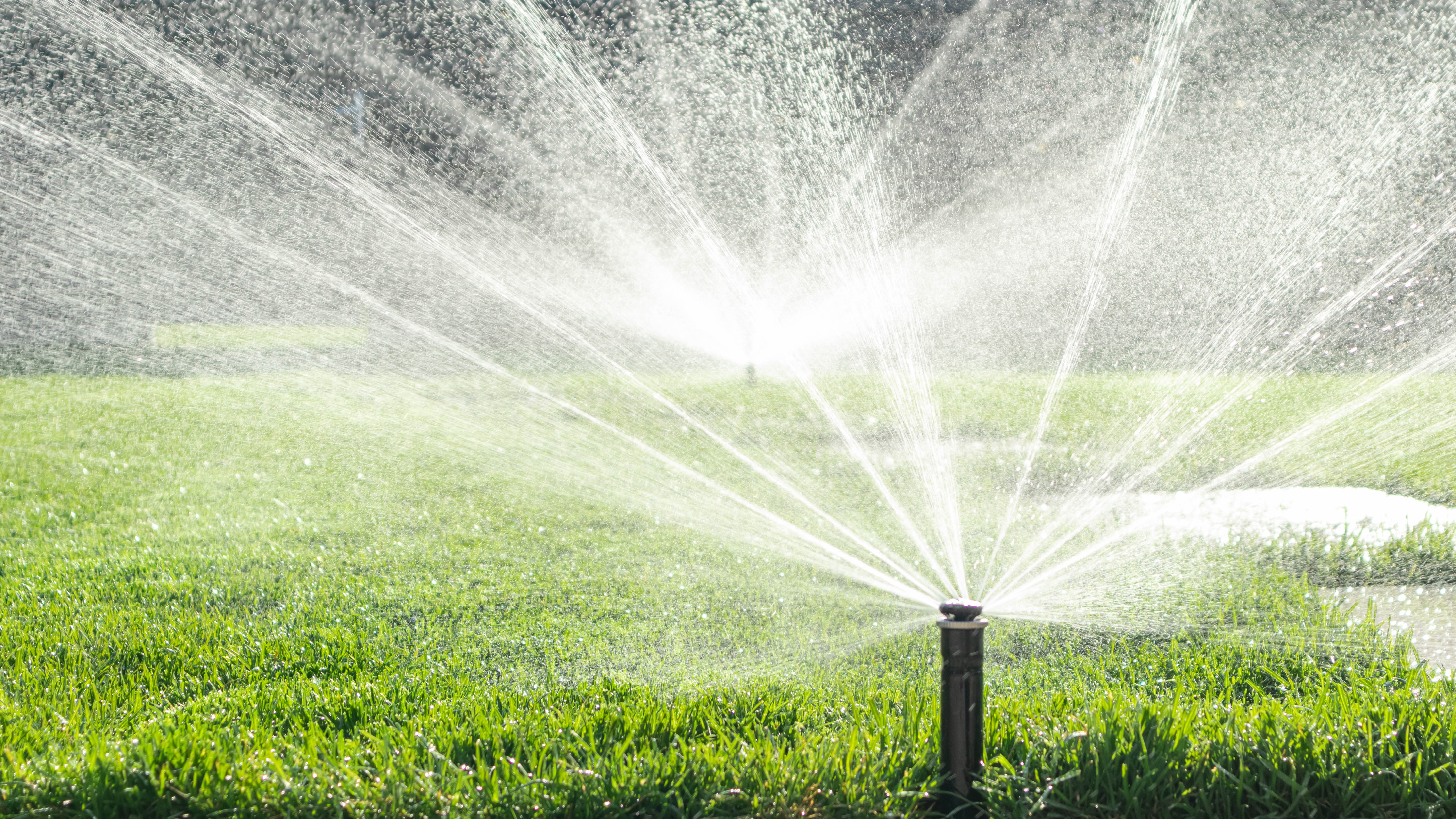
Weather can be unpredictable, so it’s important that our lawn watering pattern changes to suit the climate. During dry spells Olberding advises, “Ensure your lawn receives adequate water by watering deeply but infrequently, preferably in the early morning.”
Watering your lawn in the early morning, before 10am, will allow the grass and soil to soak in the water before it gets scorched by the sun. But if you’re not able to water your lawn in the morning, watering in the evening after 6pm is the next best time.
Although when it gets hotter it may be tempting to water your lawn every day, it will encourage a shorter root system which doesn’t benefit the grass. A deeper water more infrequently is better.
7. Maintain your equipment
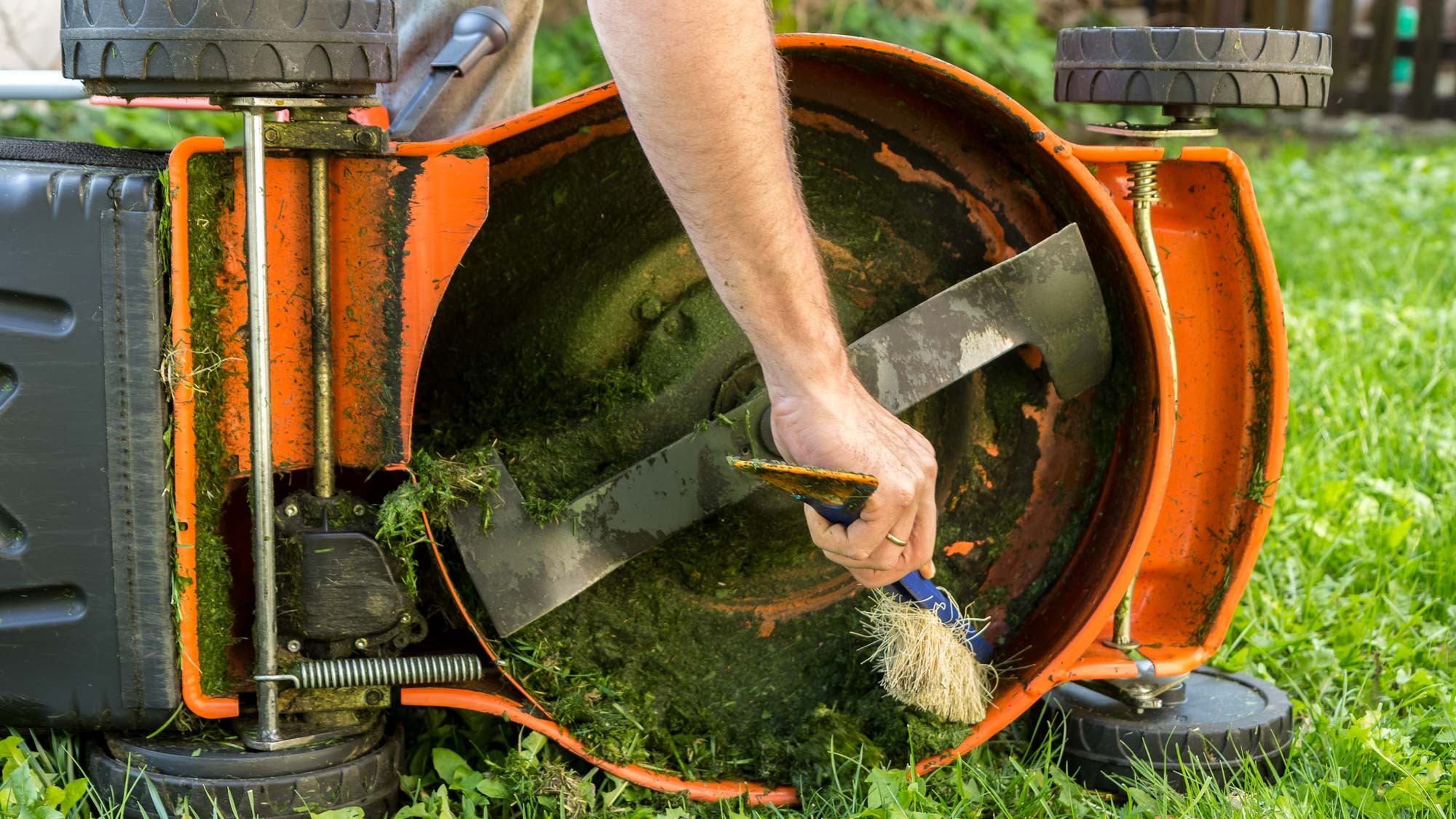
Once you’ve spent time mowing and caring for your lawn, it can be easy to abandon your lawn care equipment until you need it again. The call of taking a break and sitting back to enjoy your neat patch is all too tempting.
However, Olbering advises against slacking when taking care of your tools. “Maintain your lawn equipment by sharpening mower blades, cleaning tools, and ensuring all equipment is in good working condition.”
Yaneva explains what can happen when your mower blades are blunt, “Dull blades tear the grass rather than cutting it cleanly, leading to a ragged appearance and increased vulnerability to disease.”
Once you know everything is clean, sharp, and well-oiled, you’ll be all set for next time.
How to care for your lawn after No Mow May
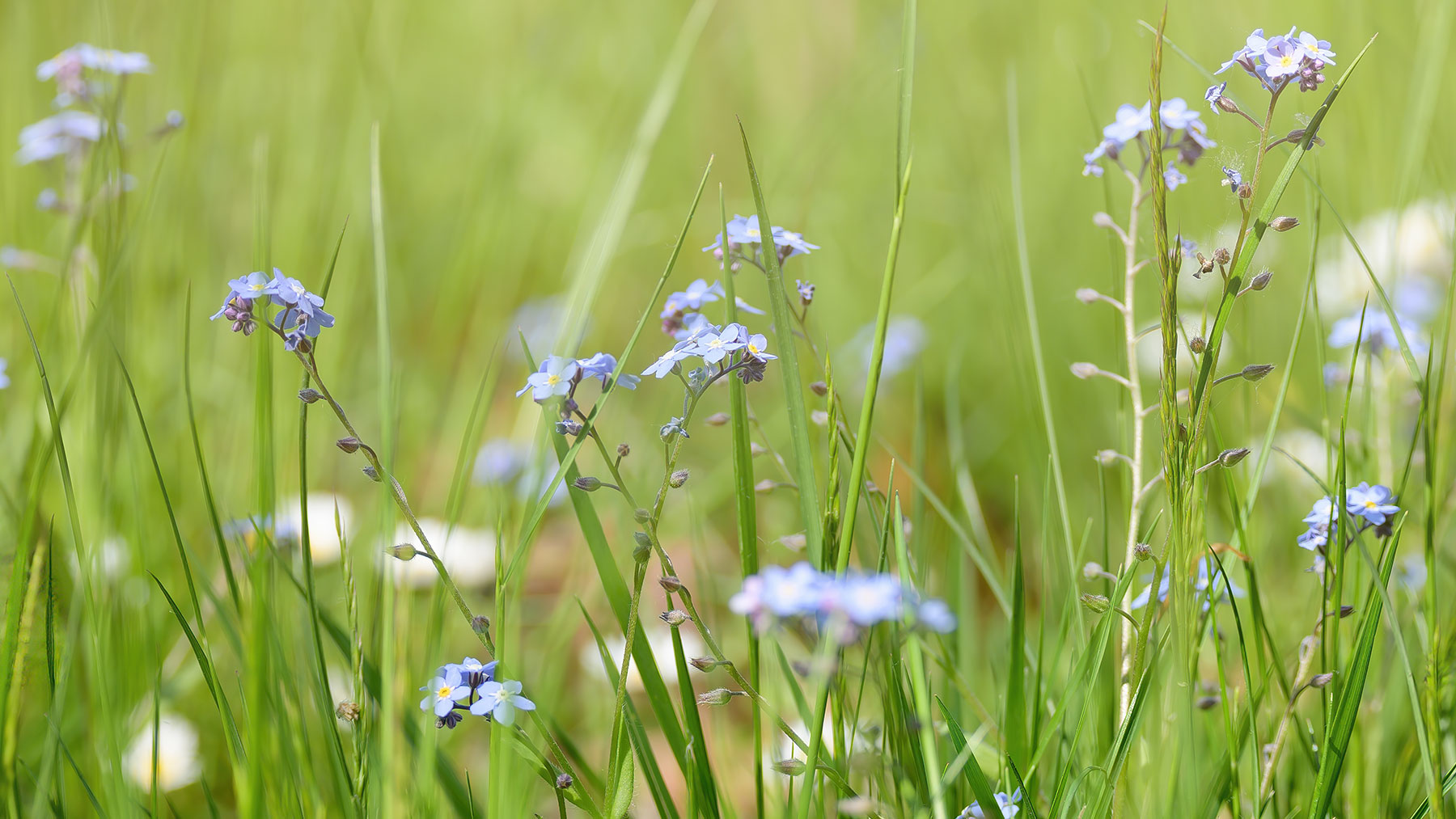
If you decided to take part in No Mow May, you may be wondering how to get your lawn back into shape for June. Now that your lawn resembles something more like a meadow, you may be enjoying the long grasses and wildflowers and prefer to keep a section of your previously neat lawn uncut.
Whatever you decide, we’ve got advice from the experts on how to mow your lawn after No Mow May.
“If it’s been a while since you last cut your lawn, it’s a good idea to disturb any wildlife by simply walking through it to encourage them to move on,” says Daniel Brooks, founder at Buy Lawn Turf.
“For the first cut, mow the lawn on the highest setting to avoid scalping the grass as you come into the summer months. This could lead to scorching in a heat wave and cause damage to the grass,” he adds.
“When you do start mowing, start by cutting the high-traffic areas first before fanning out to the boundaries and the edges of your garden.”
Gene Caballero, co-founder at GreenPal, advises against getting too enthusiastic with the first cut. “Don’t cut more than one-third of the grass blade length to avoid shocking the grass, and use a sharp mower blade for a clean cut to promote healthier growth.”
He then advises raking up the excess clippings to prevent smothering the grass. This will encourage sunlight to pass through and improve air circulation, which will help prevent unwanted diseases.
Once you’ve given your lawn its first mow, Brooks suggests running the mower over it again. “Lower the setting again and simply keep repeating the process until you have got your grass at your desired length.”
After this stage, Callebro suggests it’s an excellent time to aerate your lawn to improve oxygen circulation and water penetration. Olberding suggests, “Deep watering and targeted fertilization will replenish nutrients while overseeding can fill in bare patches, but be sure to keep these areas consistently moist until the grass establishes itself.”
All of these steps should ensure robust growth as your lawn transitions back to regular maintenance.
Apart from taking care of your lawn in June, here are 5 plants to prune in June.
More from Tom's Guide

Camilla Sharman has worked in publishing and marketing for over 30 years and has covered a wide range of sectors within the business and consumer industries both as a feature, content, and freelance writer.
As a business journalist, Camilla has researched articles for many different sectors from the jewellery industry to finance and tech, charities, and the arts. Whatever she’s covered, she enjoys delving deep and learning the ins and out of different topics, then conveying her research within engaging content that informs the reader. In her spare time, when she’s not in her kitchen experimenting with a new recipe, you’ll find her keeping fit at the gym. In the pool, stretching at a yoga class, or on a spin bike, exercise is her escape time. She also loves the great outdoors and if she’s not pottering about in her garden, she’ll be jumping on her bike for a gentle cycle ride.
